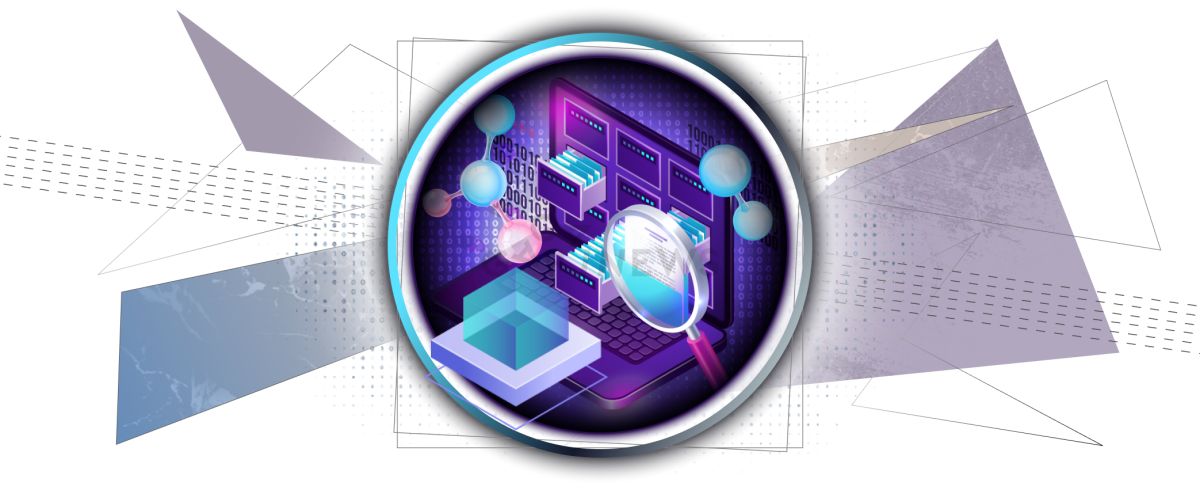Proof-of-Replication is the consensus mechanism used by Filecoin

The blockchain is powered by many independent computer nodes that use a consensus mechanism to reach a common agreement on updating data on the network.
The algorithm enables network participants to receive up-to-date information, verify it, and add it to the chain. When node operators reach consensus, they become synchronized with one another, and the blockchain is protected from malicious actions.
Basically, blockchains use a Proof-of-Stake mechanism to maintain their performance. It has proven to be energy efficient, environmentally friendly, fast and reliable. Proof-of-Work, on which Bitcoin is based, is the first consensus protocol ever used. Other examples include Delegated Proof-of-Stake, Proof-of-Importance, and Proof-of-Capacity. More information on them can be found in our article on exotic consensus algorithms.
This article will cover a mechanism known as Proof-of-Replication (PoRep).
How does Proof-of-Replication function?
Proof-of-Replication is a consensus algorithm that requires node operators who want to become miners to demonstrate to the blockchain that they have created a copy of the transaction and have a place to store it. The data is encrypted with the zk-SNARK cryptographic protocol. Other registry nodes search for a copy of the data once a user has saved a copy of the blockchain's current state on their device. If they discover inconsistencies, the node loses its authority. Therefore, Proof-of-Replication enables secure decentralized storage of information blocks and access to them if some nodes fail.
Protocol Labs, a research and development firm, created the node agreement method for its decentralized cloud storage platform based on the Filecoin blockchain.
Proof-of-Replication is based on Proof-of-Reliability and Proof-of-Space methods. Proof-of-Reliability is needed to store data on servers, validate transactions, and retrieve information. Proof-of-Space ensures that the user has enough hard disk space to store blocks.
The combination of these two mechanisms is mainly used for cloud computing and data storage based on a distributed ledger.
Blockchains using Proof-of-Replication have a system of rewards for users who keep the blockchain active, just like networks using other consensus mechanisms. Node operators are paid in cryptocurrency, which is a component of the network ecosystem, in exchange for providing memory and making copies of blocks. The reward is paid FIL in the case of Filecoin.
While the consensus algorithm is low power and generally less expensive than popular PoS and PoW algorithms, it does have some disadvantages. In particular, it is criticized for low bandwidth (data transmission speed). This is typical for the Proof-of-Replication mechanism, as copies are sent to each new node that connects to the blockchain.
What is Filecoin?
Filecoin is the most popular blockchain that uses a Proof-of-Replication algorithm. This name refers to a decentralized cloud storage network that is built on a blockchain, broadly speaking. The project has been in development since 2014. The initial offering of its FIL coins took place in 2017. The company has attracted investments totaling $250 million, making it one of the most successful ICOs in cryptocurrency history. The Filecoin blockchain itself began to fully operate in 2020. It is designed to keep track of transactions, balances, and agreements reached between nodes and storage miners.
Protocol Labs developed a distributed storage platform based on the IPFS protocol as an additional solution for Internet decentralization.
The content on The Coinomist is for informational purposes only and should not be interpreted as financial advice. While we strive to provide accurate and up-to-date information, we do not guarantee the accuracy, completeness, or reliability of any content. Neither we accept liability for any errors or omissions in the information provided or for any financial losses incurred as a result of relying on this information. Actions based on this content are at your own risk. Always do your own research and consult a professional. See our Terms, Privacy Policy, and Disclaimers for more details.

























